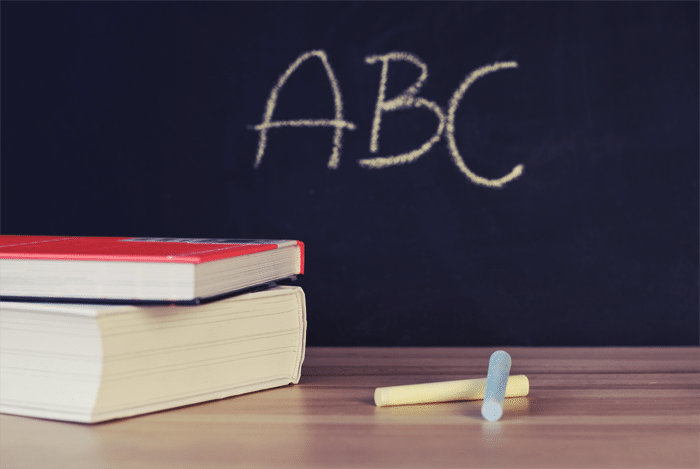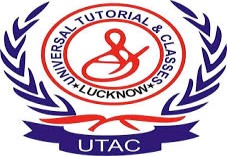Developing a Preschool Lesson Plan is a tough task and a lot of consideration should go into the job. It can be especially taxing considering the delicate nature of the learners’ young minds. Since the learners have no prior experience in a formal institution the schedules should be flexible, learning activities should be fun and other such measures should be put in place to help the children adapt to the school environment.
Step 1. Getting students set to learn
Review
Normally at the start of a lesson, review previous material that is important for the lesson like pencils, paper, crayons, books, and other items. Look through your completed lesson and think the possible material you might use during that time. Double check to see if you have enough. It is frustrating to be in the middle of a lesson and suddenly realize you don’t have enough crayons, paper or toilet paper rolls for all the children to finish their craft, it is more frustrating to the young learners.
Anticipatory Set
Getting the children focus their attention on the material to be presented is a way of getting them prepared and interested in what they are about to learn. In preschool plan template, a pattern should be set so that learners can get a continuity from previous lessons. if applicable allude to familiar concepts and vocabulary as a reminder, it helps activate the learner’s existing knowledge base, therefore they are able to acquire more knowledge easily, and also when learners are able to know what the lesson will be about.
Objective
You must have something that guides your teaching in pre-school template plan or you will end up just riding around the waves. You should create your own objectives for each lesson. A teacher at the end of each lesson should ask what he/she wants the learners to be able to do, be or know. Without thinking of the intended end results, there is no way that a meaningful learning can take place. In fact, parts of all lesson plan will come together if you try to give the objective your total attention.
Step 2: Introduction
Input and Modeling of the Preschool Lesson Plan
Presenting a new introduction to the preschool children, once the material has been presented using it to show the children what is expected and practical of their work, that is engaging the learners in practicing their work.
Presenting a new introduction to the preschool children, once the material has been presented, using it to show the children what is expected. One should also ensure that practicing the work is highly engaging so that the kids can get glued to the work.
Step 3: Evaluating their understanding.
Evaluating their understanding
Finding out whether or not the learners make sense of the material that is being presented, teachers should be careful when learners are presenting to check the level of their understanding and correct their mistakes if there is any.
Guided practice
Soon after instruction learners are presented with an opportunity to apply or try out the things they have just learned and feedback is given by the teacher.
Step 4: Independent practice
When learners appear to grasp the new material, they are availed the opportunity to further practice and apply the new knowledge, this may occur in class or as home assignment, but there should be a short window of time between instruction and practice, and between practice and feedback.
Step 5: Create a calendar for Preschool Lesson Plan
You need to create a calendar of your year
This is important as it keeps the parents informed and writing important dates like when to begin school, holiday breaks, holiday parties to celebrate as a preschool, personal breaks or appointments and other possible interruptions. In preschool calendar, a general scope and sequence for the year should be there. This includes numbering and putting the details for each week according which what all will be taught.
 Decide on how to teach children reading and numbers.
Decide on how to teach children reading and numbers.
Lesson plans need to be the most specific part of instruction. A preschool lesson plan template should be effective and make learning fun for the children. Since the learners are young the skills introduced should be incremental and follow a simple sequence. The material planned to be covered should also be in small parts, for example the teacher can introduce one letter and syllable per week.
Decide on preschool themes
Educators should choose themes based on the child’s age, developmental skills and their aptitude. The themes should capture the interest of the preschool learners and at the same time convey what the teacher wants to teach. Examples of themes that would interest preschool children include music, animals, birds and other simple observable things.
You Might Want To Read:
M Sc Mathematics 4Th Sem Classical Mechanics 1 2014, Licentiate Practice Of Life Assurance Sample Mock Test Paper 5 2008, Neet Biology Diversity In The Living World Notes 2, Additional General Manager Agm Gradeb Online Test, Career Matrix, Some Effective Tips To Balance Boards And Competitive Exams Simultaneously, Thinkiit Iit Jee Lectures Chemistry Class 11Th 2, Geography Question Paper 4 2014, Manya Education Pvt Ltd Vs Rezina Training And Overseas Education, Gate Biochemistry Question Paper 1 2005
Leave your vote
This post was created with our nice and easy submission form. Create your post!




 Decide on how to teach children reading and numbers.
Decide on how to teach children reading and numbers.





